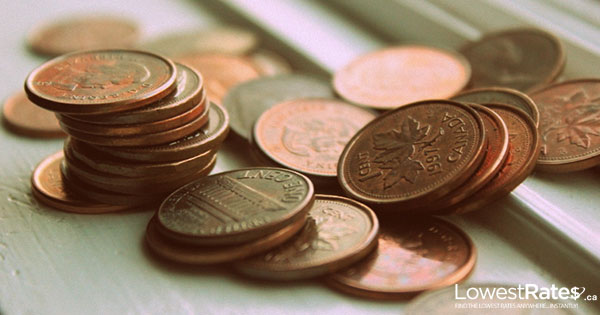How to Buy a Home Without Ending up House Poor
By: Robb Engen on February 26, 2016 My wife and I lived in a small two-bedroom and one-bathroom starter home for nearly a decade before we decided to build our forever home in Lethbridge, Alberta. We knew this would be the most expensive purchase in our lifetime, so we didn’t take the process lightly. One or two mistakes along the way could lead to financial disaster at worst, and delayed retirement at best.
My wife and I lived in a small two-bedroom and one-bathroom starter home for nearly a decade before we decided to build our forever home in Lethbridge, Alberta. We knew this would be the most expensive purchase in our lifetime, so we didn’t take the process lightly. One or two mistakes along the way could lead to financial disaster at worst, and delayed retirement at best.
Here’s the approach we took when we saved up to buy our dream home:
Step #1 - Determine your monthly budget and set a price ceiling
We looked at our budget to figure out the maximum we could afford to spend on monthly mortgage payments, property taxes and upkeep. This is not the same number as what a bank would approve us for; we wanted to make sure we still had money left over for saving, investing and having some fun. When you buy a home, the last thing you want is to be house poor and wind up unable to do anything else.
Forget the banks’ debt-service ratio. The Globe and Mail’s Rob Carrick calls this the real life ratio, and it’s crucial to determining whether you can truly afford the mortgage payments and avoid becoming house poor.
We were comfortable spending between $2,000 and $2,400 a month on housing costs.
We had our hearts set on a specific floor plan that was selling for $385,000 – lot included – plus GST. We left a 10 percent cushion for upgrades and closing costs, giving us a price ceiling of $445,000.
Step #2 - Come up with down payment sources
We wanted to avoid CMHC fees by putting 20 percent down on our home. To make that work with a purchase price of $445,000 we needed to come up with $89,000 for a down payment.
To get there we had to use multiple sources of savings. We had $85,000 equity in our existing home, $14,000 in my Tax Free Savings Account, and another $10,000 in cash savings. That extra savings gave us a bit of breathing room when we sold our house for $7,000 below asking price and then had to pay $6,000 in realtor fees. That left us with $96,000 to use for a down payment and to cover closing costs.
Since this was our second home we were not eligible to withdraw funds from our RRSPs under the Home Buyers’ Plan, but we had was enough to buy a home on our terms.
Step #3 - Compare mortgage rates
When it came time to select our mortgage, we looked at rate comparison websites to find the best mortgage interest rate. At that time, the banks were offering large discounts on variable rate mortgages. We went with a 5-year term with a variable interest rate of 2.20 percent (prime minus 0.80).
While all the experts back then said interest rates had nowhere to go but up, reality is that rates went down over the last four years and my variable rate today is now 1.90 percent.
Homeowners who have taken out a variable rate mortgage over the last 50-60 years have saved money nine times out of 10. If a heavily discounted variable rate isn’t available, I’d prefer to go with a one or two year fixed rate mortgage.
Step #4 – Don’t pay the minimum: Put a dent in your mortgage
The final cost of our house was $420,000 and we put down $95,000. That left us with a total mortgage of $325,000. Our monthly payment was $1,238, plus $245 a month in property taxes, for a total of $1,483.
This was well within our maximum monthly budget of $2,400. Instead of just spending the difference to inflate our lifestyle, we increased our mortgage payments by $900 a month. This lowered our amortization from 30 to 15 years.
We’ve set a stretch goal to become mortgage free in less than 10 years by continuing to add $100 a month to our mortgage payment each year.
Even in this low interest rate environment we want to pay off our mortgage in a reasonable timeframe while still setting aside money for saving, investing and enjoying life.

.jpg?itok=SnQQgxS0)
